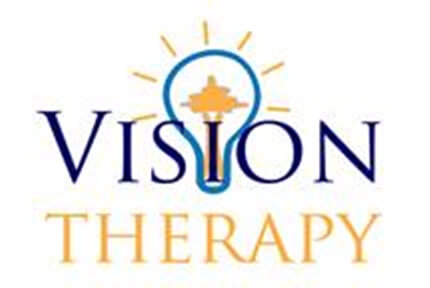
By Dr. Debbie Luk, BSc(Hons), OD, FCOVD, Dr. Shaelen Morrison, BSc(Hons), OD, and Dr. Alison Leung, OD
Vision is an integral part of a child’s learning and development. Vision is the fourth most common cause of disability in North America. This is an important statistic as 80% of what children learn comes from their visual processing of the world. Vision problems can sometimes be the root of learning difficulties. Fortunately, they are treatable, especially with early detection.
Did you know?
Alberta Health Care covers the cost of children’s annual eye exams until the age of 19. Alberta’s Eye See Eye Learn Program covers the cost of a pair of spectacles for children attending Kindergarten.
Without a full eye examination, it is not always possible to know if your child is having vision problems. Many conditions may even be missed by school screenings.
| Condition | Signs |
|
Lazy Eye (Amblyopia) |
Asymptomatic. Develops during infancy/childhood; early detection improves prognosis. |
| Eye Tracking (oculomotor) dysfunction | Skipping of words or losing place when reading, difficultly following or catching a ball. |
|
Eye Focusing (accommodative) dysfunction |
Headaches around the eyes during near work, intermittent blurry vision, trouble copying from the board, holding a book close to the face when reading. |
| Eye Teaming (binocular) dysfunction | Eyestrain, double vision, rubbing of eyes, leaning on desk when doing homework, tilting of paper when writing. |
| Visual Perceptual Deficits | Reversal of letters or words, difficulty in spelling, math, abstract thinking, and reading comprehension. |
How is vision related to learning? Vision is more than just seeing 20/20. Good vision means being able to read efficiently, clearly and comfortably for an extended period of time. Good vision is the ability to interpret visual information so we can discriminate similar looking shapes and letters such as b, d, p and q. Furthermore, good vision allows us to visualize information in our minds, enabling us to succeed in reading comprehension, math and abstract concepts. Many children who have difficulties in school often have a vision problem. It is important to emphasize that vision is a learned skill, similar to walking and talking. If your child is falling behind in school, vision therapy can help acquire these fundamental visual skills.
How can we treat vision problems? Glasses, visual hygiene and/or vision therapy may be prescribed. Vision therapy is an individualized program of neuro-optometric exercises performed both in-office and at home which will help remediate the aforementioned vision problems.
As parents, you play a vital role in your child’s development. An annual eye examination can detect risk factors for vision problems. If additional testing and treatments are indicated, then a developmental optometrist will be able to help your child improve visual skills and excel to his/her full potential.

